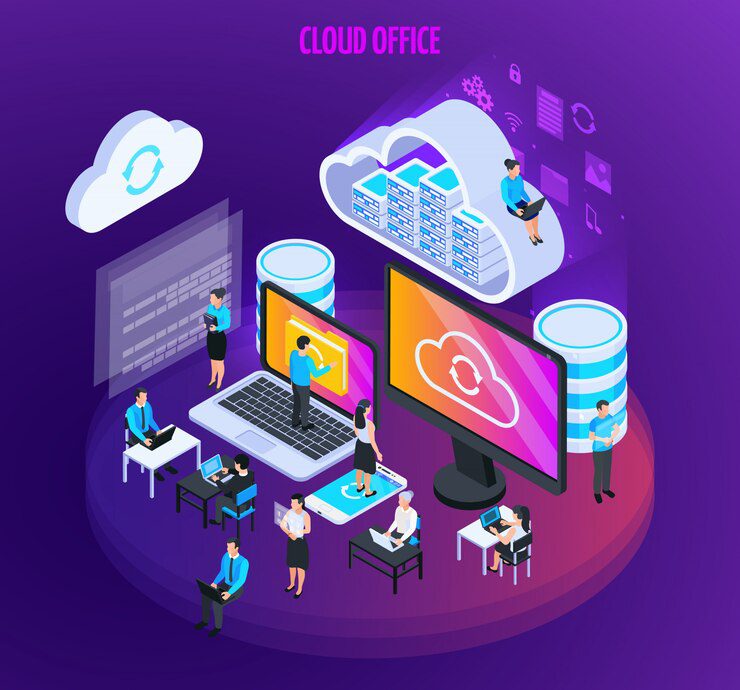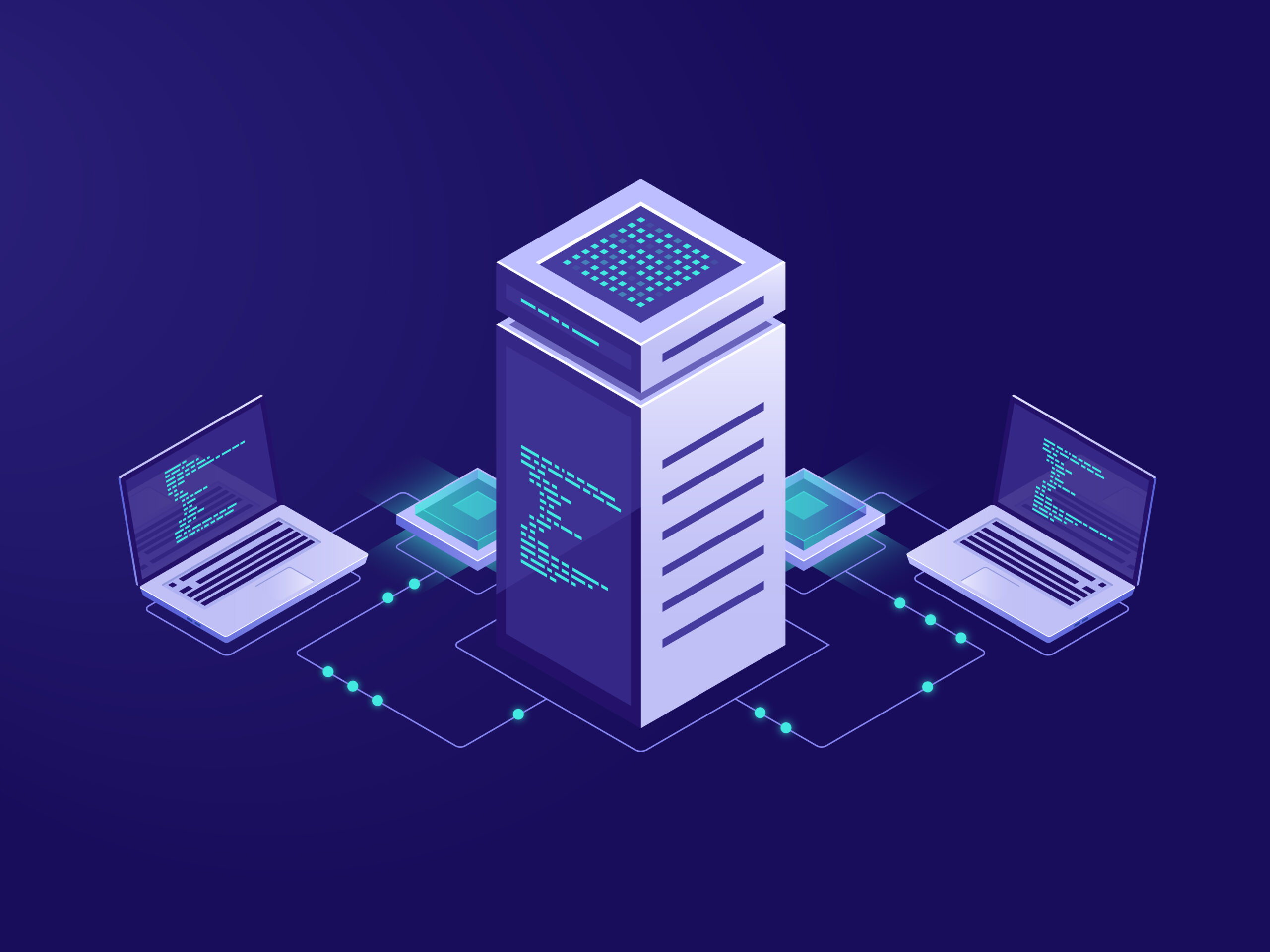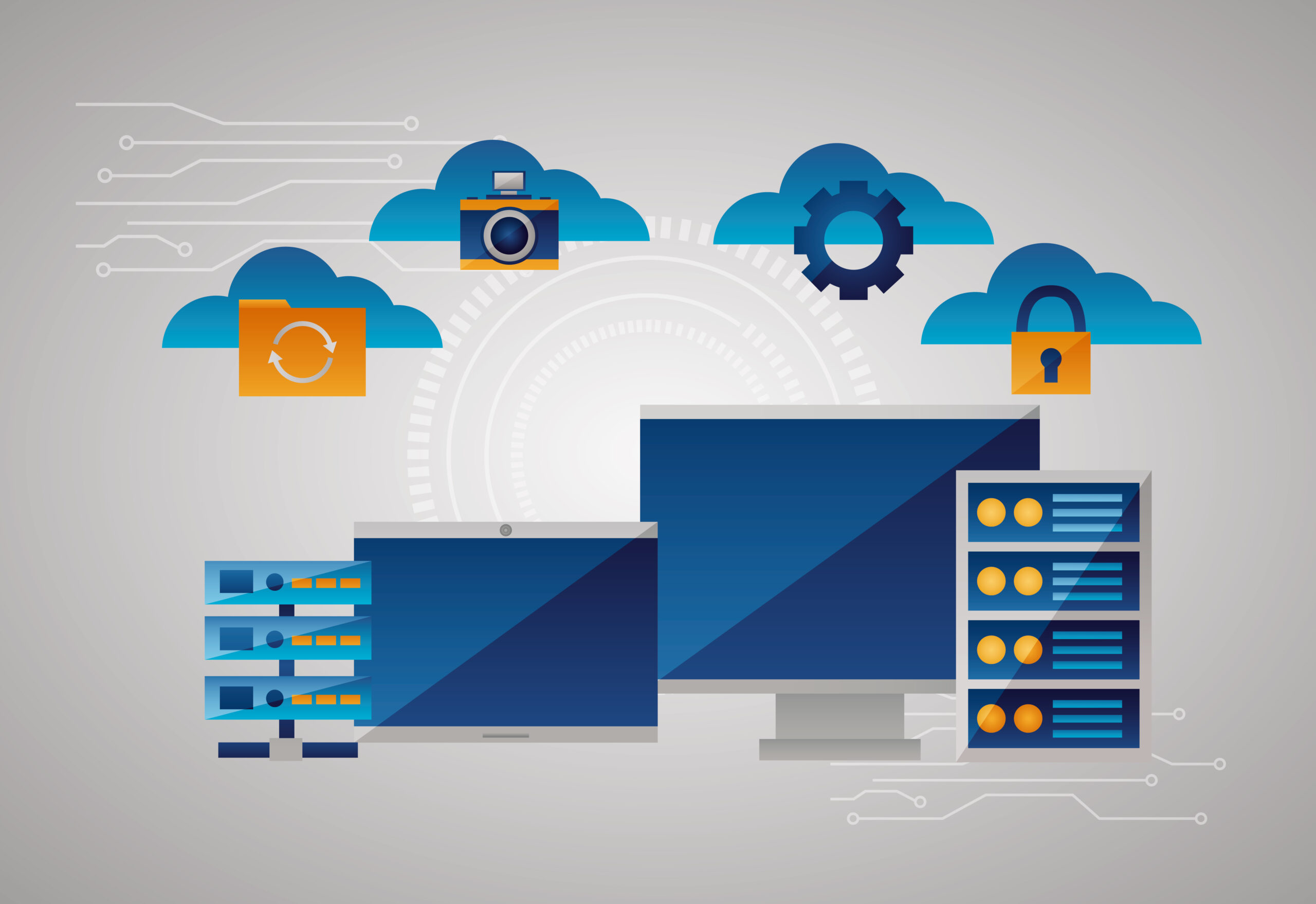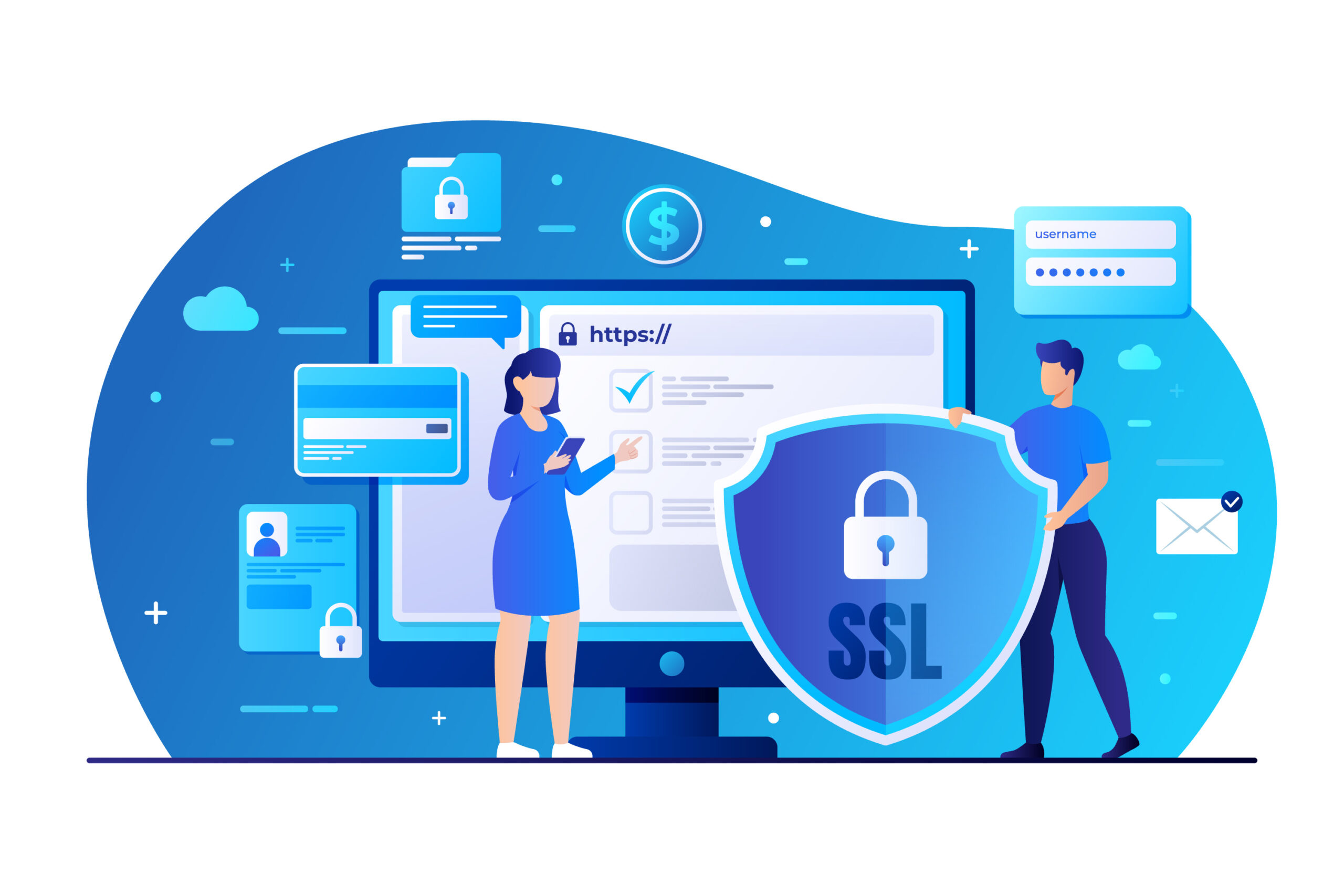Highlights
- Edge AI deploys AI on local devices for real-time data processing and low latency without relying on cloud infrastructure.
- Cloud computing provides scalable storage and management of data through online services.
- Edge AI rapidly expanded from USD 20.45 billion in 2023 to USD 269.82 billion by 2032.
- Cloud computing is ideal for scalable resources and centralized management, while Edge AI excels in real-time, low-latency tasks.
In the rapidly evolving world of technology, terms like “cloud computing” and “edge AI” are becoming increasingly common, but what do they mean? While both are important in driving innovation and efficiency across various industries, they serve different purposes and offer unique benefits.
Understanding the distinction between cloud computing and Edge AI is essential for anyone looking to use the power of these technologies.
So, in this blog post, we’ll discuss what is cloud computing and Edge AI. Also, we’ll explore their differences and how each can be applied to transform your business or personal projects.
What is Edge AI?
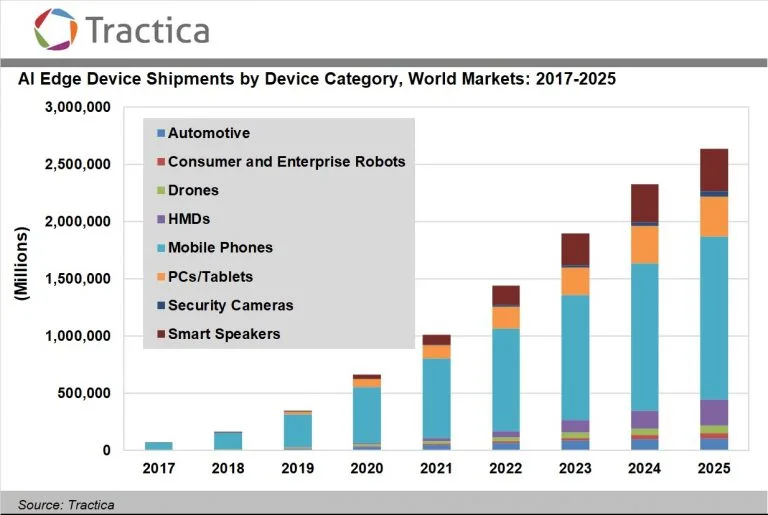
Edge artificial intelligence (Edge AI) refers to deploying AI algorithms and models directly on local edge devices, such as sensors or Internet of Things (IoT) devices. This approach allows for real-time data processing and analysis without needing cloud infrastructure.
In simpler terms, edge AI is often called “AI on the edge“. It combines edge computing and artificial intelligence to perform machine learning tasks directly on interconnected edge devices.
Edge computing enables data to be stored close to the device’s location while AI algorithms process this data right at the network edge. This setup can operate with or without an internet connection, allowing for data processing within milliseconds and providing real-time feedback.
In 2023, the global edge AI market was valued at USD 20.45 billion. It is projected to grow significantly, reaching USD 27.01 billion in 2024 and expanding to USD 269.82 billion by 2032. This growth represents a compound annual growth rate (CAGR) of 33.3% during the forecast period.
What Is Cloud Computing?
Cloud computing is when you use online services to store and manage data, run programs, or connect to networks. These services include data storage, servers, databases, and software, all accessed online.
Instead of keeping everything on your computer, the data is stored on physical servers managed by a cloud consulting service provider. This allows you to access your files from anywhere as long as you have internet access.
Types of Cloud Computing
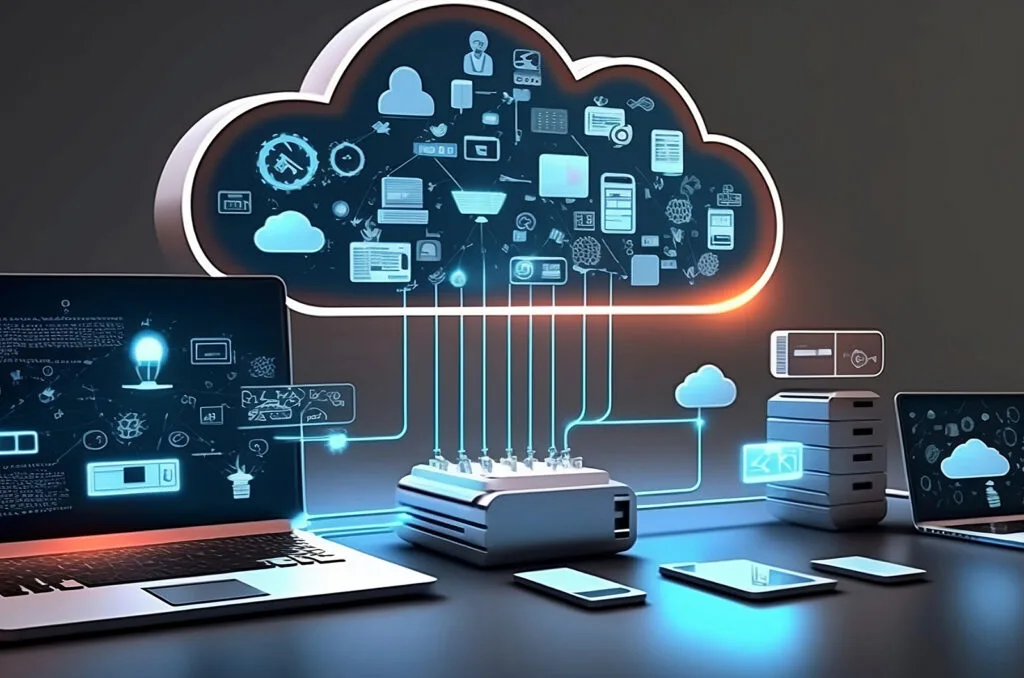
The global cloud computing market was valued at $321 billion in 2019 and is projected to reach $1,025.9 billion by 2026. This market is expected to grow at an annual rate of 18% from 2019 to 2027.
Cloud computing can be classified by how it’s deployed or the services it provides.
- Private Cloud
A private cloud offers computing services over a private IT network for a single organization. This setup is also an internal, enterprise, or corporate cloud. Managed internally, it’s not accessible to anyone outside the organization.
- Benefits: Provides self-service, scalability, and elasticity similar to a public cloud but with added control, security, and customization.
- Drawbacks: The organization handles all data management and maintenance, which can be resource-intensive.
- Public Cloud
Public clouds offer computing services from third-party providers over the Internet. These services are available to anyone and can be free or pay-per-use.
- Benefits: Helps businesses avoid the costs of buying and maintaining infrastructure. It provides scalable RAM and flexible bandwidth.
- Drawbacks: Less control over data security compared to private clouds.
- Hybrid Cloud
A hybrid cloud combines features of both public and private clouds. It allows businesses to shift workloads between private and public clouds as needed.
- Benefits: Provides flexibility by scaling up on public clouds when necessary, while keeping sensitive data secure in private clouds. Businesses pay only for the resources they use temporarily.
- Drawbacks: Requires careful management to integrate both cloud types effectively.
- Infrastructure as a Service (IaaS)
IaaS provides virtualized computing resources over the internet. The service provider manages the hardware, software, servers, and storage. Users control the storage, operating systems, and applications.
- Benefits: Users don’t need to manage physical hardware but can still control their software.
- Drawbacks: Users are responsible for managing their applications and data.
- Platform as a Service (PaaS)
PaaS offers a cloud-based environment to develop and deploy applications. Users don’t need to manage the underlying infrastructure but can focus on their applications.
- Benefits: Simplifies the development process by handling the infrastructure, allowing users to pay only for the resources they use.
- Drawbacks: Limited control over the underlying infrastructure.
- Software as a Service (SaaS)
SaaS delivers software applications over the internet on a subscription basis. Users access the software through a web browser or API without installing it on their devices.
- Benefits: The service provider manages all aspects of the software, including hardware, middleware, and security. It streamlines maintenance and support.
- Drawbacks: Users rely entirely on the provider for software management and updates.
Cloud Computing and Edge AI: Which One Is Better?
Deciding between cloud computing and edge AI requires understanding how each aligns with your specific use cases and goals.
Cloud Computing
Cloud Computing involves delivering computing services over the internet. It’s a good fit if you need scalable resources for large-scale data storage, advanced analytics, and machine learning. Cloud computing provides centralized management, making monitoring and controlling resources from a single location easier.
Moreover, it’s effective for applications where latency is less of a concern, and you have a stable, high-speed internet connection. Cloud services are typically pay-as-you-go, which helps manage costs efficiently.
Edge AI
Edge AI, on the other hand, involves processing data locally on edge devices rather than sending it to a central server or cloud. This approach is valuable for applications requiring immediate data processing and low latency, such as autonomous vehicles, smart manufacturing, or real-time video analytics.
Also, edge AI reduces the need for continuous data transmission, saving bandwidth and improving response times. It also enhances privacy by keeping sensitive data local. This way, the risk of data breaches during transmission is reduced. This approach is beneficial in areas with unreliable internet connectivity or where real-time decisions are critical.
A hybrid approach provides a better solution that combines cloud computing and edge AI. For example, you might use edge AI to handle local real-time data processing and cloud computing for heavy data storage and analysis.
Summary
Understanding what is cloud computing and Edge AI is essential for effectively taking advantage of their unique benefits. Cloud computing provides scalable, centralized resources for managing and analyzing large datasets. In contrast, edge AI utilizes local devices to enable real-time processing with minimal latency. By recognizing these technologies’ distinct roles and applications, you can make strategic decisions that best meet your needs.
Looking for a way to boost your business with the latest cloud technology? Tambena Consulting provides top-notch cloud managed services that offer scalable cloud storage and real-time data processing. Contact us today to get the best of both worlds!
